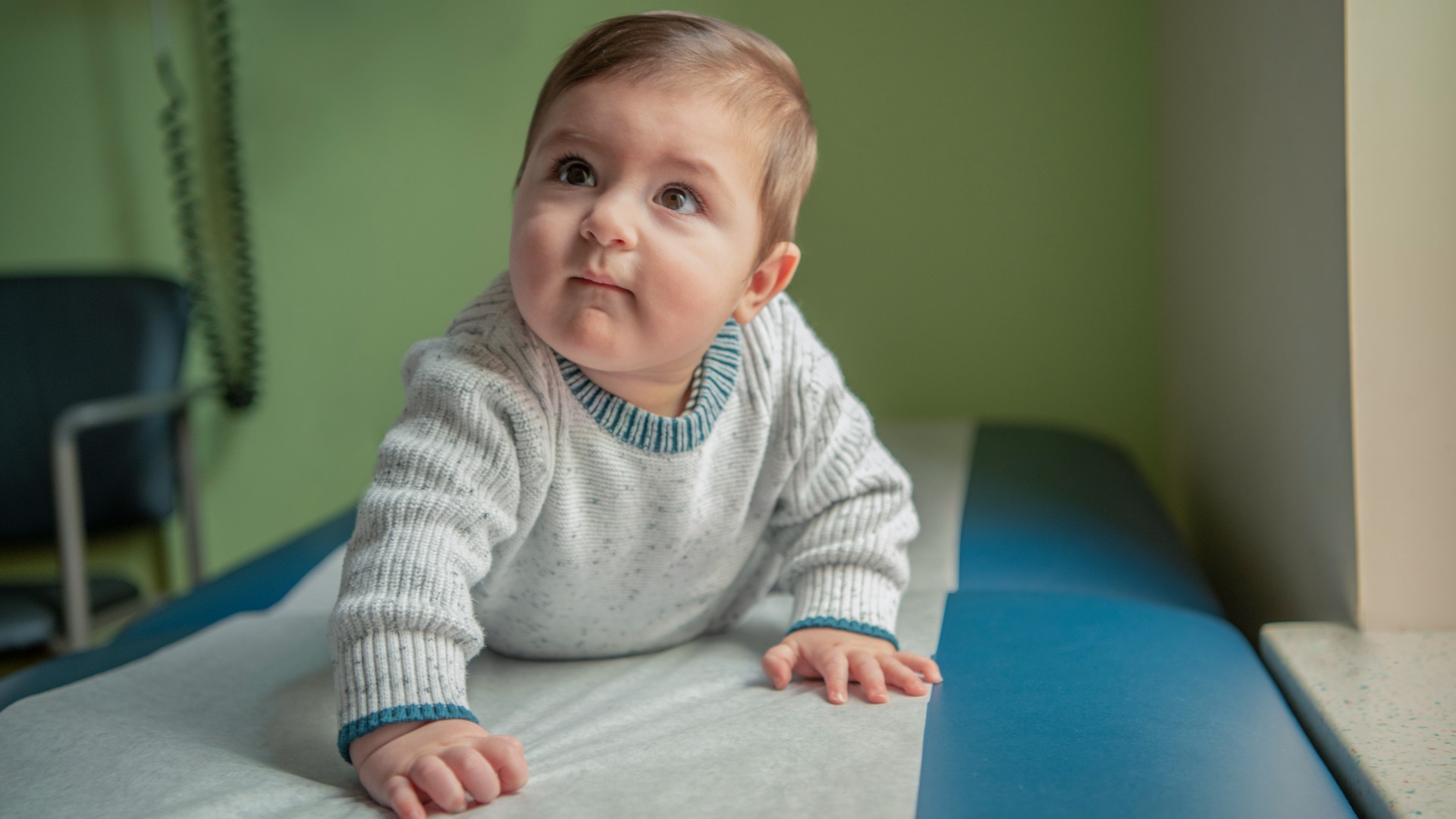Condition
Pediatric Testicular Torsion
What You Need to Know
Testicular torsion is a painful twisting of a boy’s testicles and spermatic cord. It can happen to one or both testicles.
Key Symptoms
The most common symptoms of testicular torsion are:
- Severe pain in the scrotum
- Red, swollen scrotum
- Nausea and vomiting
Diagnosis
Doctors typically diagnose testicular torsion by:
- Physical examination
- Ultrasound
Treatment
Treatment includes:
- Surgery
Schedule an Appointment
Our pediatric specialists provide personalized care for your child’s physical, mental and emotional health needs. Meet our providers and schedule an appointment today.
Frequently Asked Questions
What is testicular torsion in children?
What causes testicular torsion in a child?
Which children are at risk for testicular torsion?
What are the symptoms of testicular torsion in a child?
How is testicular torsion diagnosed in a child?
How is testicular torsion treated in a child?
What are possible complications of testicular torsion in a child?
When should I call my child’s healthcare provider?
Meet the Providers Who Treat Testicular Torsion
Departments that Treat Testicular Torsion

Urology
Children's National is ranked one of the nation's best pediatric hospitals for urology thanks to our expertise in diagnosing and treating disorders affecting reproductive and urinary organs in children. Learn more about this department.

Help Kids and Make a Difference
Invest in future cures for some of life's most devastating diseases. Give today to help more children grow up stronger.




